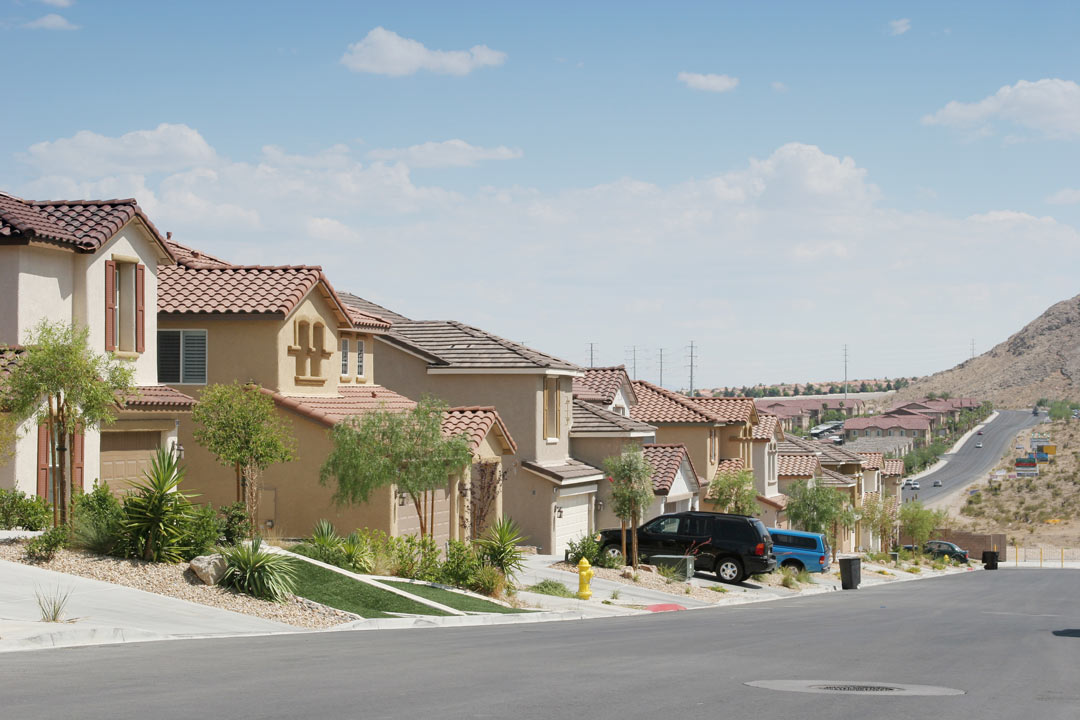I hope everyone had a fantastic Thanksgiving Weekend. The market is still moving higher. Also, a great commentary from Michael Orr about comparing 2020 with 2004-2006.
We have been short of supply since 2015 and the situation has become steadily more severe. There are just not enough homes to buy for people who want them. Millennials who continued to rent long after earlier generations are now anxious to get their foot on the ladder. Investors are back in volume having taken a pause during the second quarter. However, unlike in 2004, investors remain a relatively small part of the demand. Most of the people buying homes are doing so because they want a primary residence.

During October the intended use for single-family and condo/townhouse properties in Maricopa and Pinal counties was as follows:
1. Owner-occupied primary residence – 77.3%
2. Investment – 12.2%
3. Owner-occupied secondary residence – 8.6%
4. iBuyer for re-sale – 1.6%
5. Unknown – 0.3%
People who are worrying about mortgage delinquency rates should remember that foreclosures did NOT create the huge excess supply of 2006. The excess supply arrived 2 years before the foreclosures started in earnest. When the bank owned homes hit the market, it was already dreadfully over-supplied, so their prices dropped sharply. If we saw a new wave of distressed homes right now, they would be soaked up very quickly by eager buyers and prices would continue to rise.
It would help move the market back to a more normal balance, so prices would rise at a more moderate pace. Most distressed homes would be unlikely to get to foreclosure because almost all of them have substantial owner equity and can be marketed as normal sales, or at worst pre-foreclosures, not short sales (which can often be tricky to close).
The current situation is very different from 2004 or 2005. Then a large number of newly built homes had been purchased by investors with 100% loans and were lying unoccupied with no tenants interested in renting them, despite record low rental rates. Many other homes had been purchased by owner-occupiers on fraudulent loan applications, who never even made the first monthly loan payment, living in their new home for free with minimal money down.
Loan fraud was rampant in 2005 and 2006, largely driven by the mortgage industry itself rather than the borrowers. Wall Street firms (like Lehman Brothers) demanded mortgages to chop up and sell as securities and mortgage brokers could not supply enough without resorting to abnormal practices focused mainly on sub-prime loans. Remember Countrywide and Washington Mutual? Stated income loans? No documentation loans?
I repeat – 2020 is nothing like 2005. The 2020 housing market is not abnormally pumped with artificial credit, just starved of supply. Forecasting the future is extremely difficult, but drawing parallels with 2005-2008 is not helpful, nor is it logically appropriate.
by Michael Orr – Cromford Report
